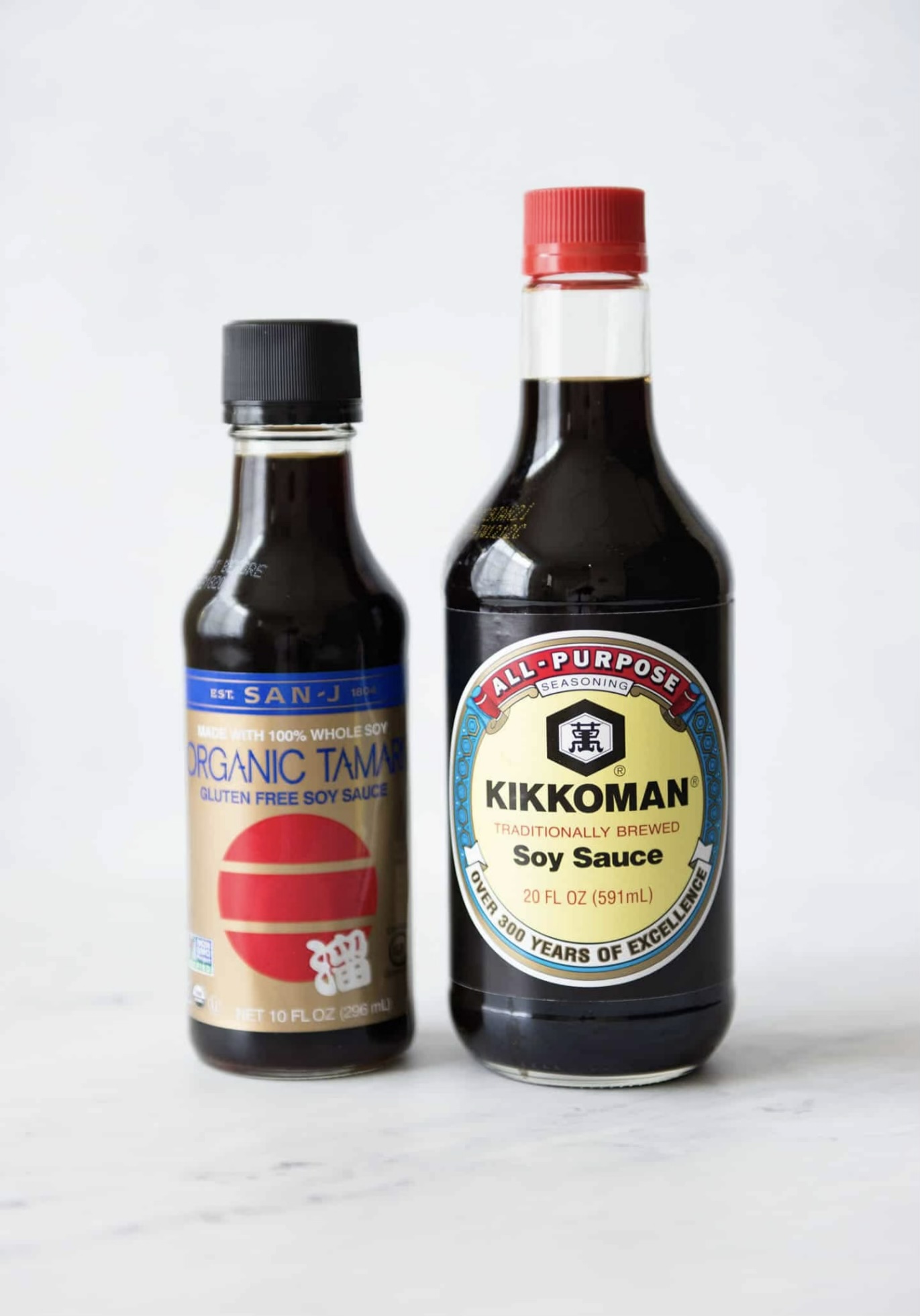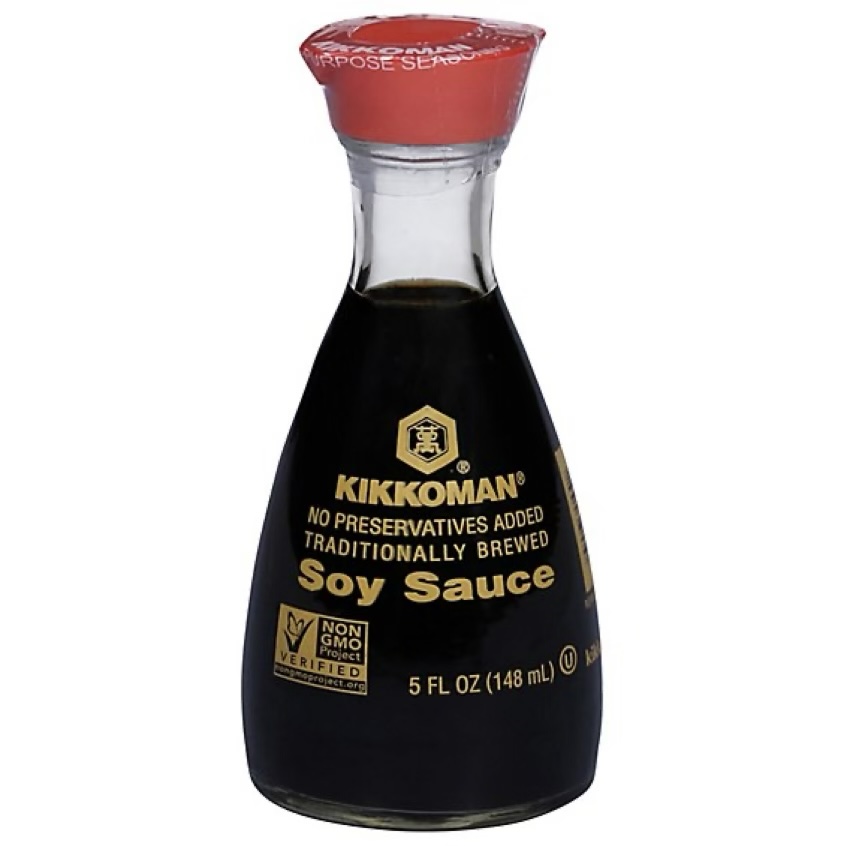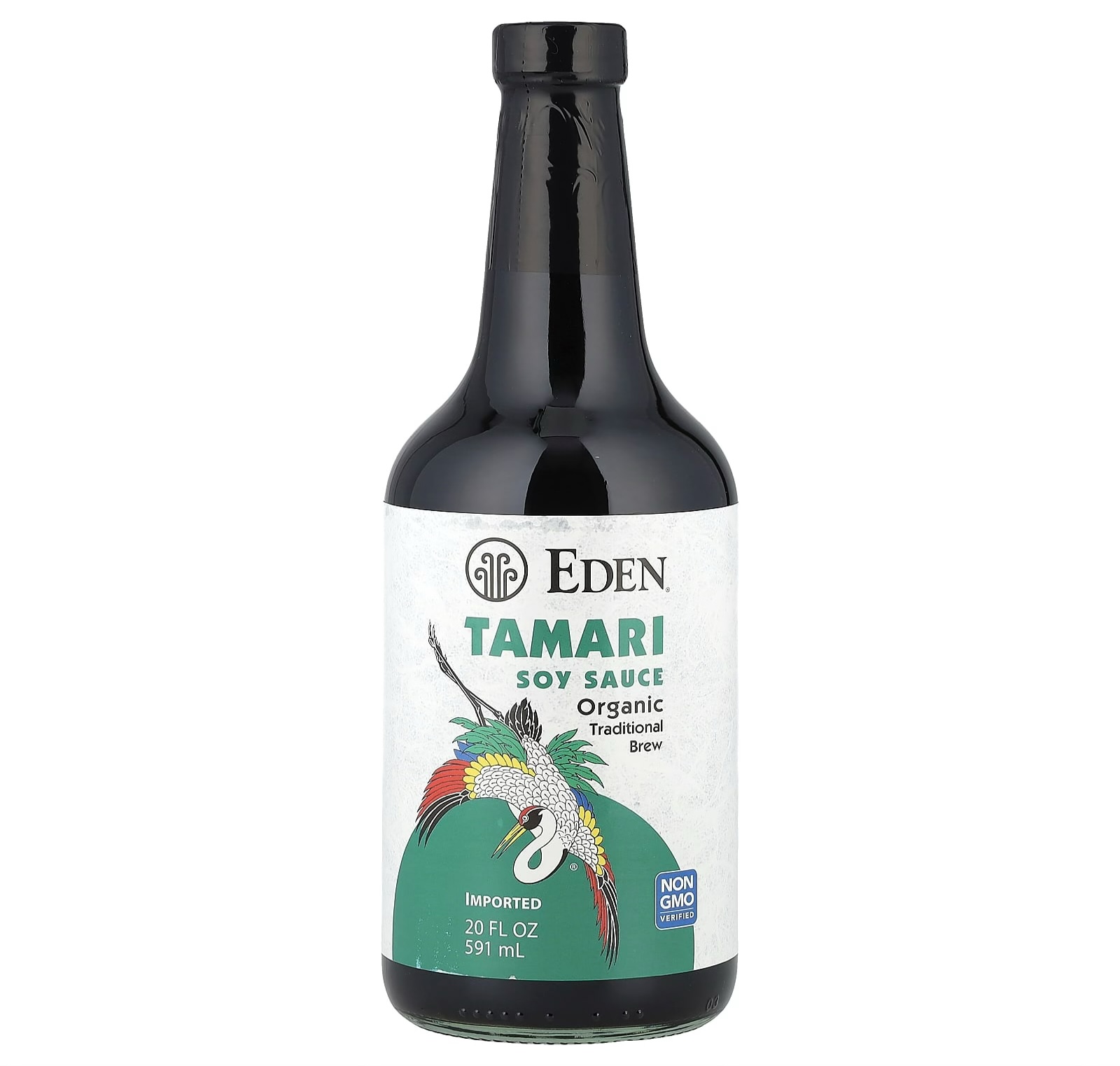Do You Know the Difference Between Tamari and Soy Sauce?
I was reading an article today by Randi Gollin, veteran food researcher, writer, and editor, on the differences between tamari and soy sauce. I’d always thought they were the same—just going by a different name. How about you—were you aware these are different sauces?

According to Randi, “While each heightens the deliciousness of countless dishes, and can be used interchangeably, there are a few caveats.” The experts at Kikkoman® explain that both sauces are slowly fermented for months, and this traditional brewing process develops that magical quality everyone loves: umami—the extra boost of savory, mouthwatering flavor known as the ‘fifth taste.’
The difference is that soy sauce is saltier with a thinner consistency, lighter color, and contains wheat. Soy sauce's watery consistency makes it better for blending into dishes or sauces. Tamari is more aromatic, thicker, darker, less salty, has greater umami, and is typically wheat-free.
The color, aroma, umami, and saltiness of each depend on the ratio of soybeans and regional formulations.

These sauces are interchangeable, but with a few caveats. Tamari's flavor and color make it ideal for recipes that feature robust flavors, like stir-fries and braises. For instance, soy sauce does best when used in marinades, especially when paired with fresh ginger. It makes miso soups sparkle, and can really jazz up steamed kale.
Tamari sauce pairs well with fatty sashimi like tuna or salmon. It brings a gorgeous glaze to yakitori or teriyaki chicken, and its richness makes it the perfect steak sauce.

And both are superb as dipping sauces for dunkable bites like pot-sticker or even simple little chicken tenders. And if you want to take your udon, ramen, and soba noodles to a whole new level, then splash either sauce over them.
I’ll close with a wonderful and timely recipe (timely because it’s asparagus season!) for an asparagus and mushroom stir fry using tamari sauce. It was created by talented cook, Kaitlin, author of www.thegardengrazer.com. I think you’ll like what a delicious and quick side dish this is—taking 20 minutes total prep time.
Asparagus Mushroom Stir Fry

Yield: 5 servings
Ingredients:
1 pound fresh asparagus spears
1 pound mushrooms
2 to 3 green onions
1 tablespoon toasted sesame oil
2 teaspoons sesame seeds (for garnish)
GARLIC SAUCE
1/2 cup vegetable broth
2 tablespoons tamari sauce (soy sauce can be substituted)
2 to 3 cloves garlic
1/2 teaspoon freshly grated ginger
1 tablespoon cornstarch (or arrowroot)
Directions:
Make the sauce: Mince garlic, and add all sauce ingredients to a small bowl. Stir to combine and set aside.
Halve or quarter the mushrooms (wiped clean). Cut asparagus into 1-inch pieces, woody ends removed. Slice green onions.
In a large skillet (or wok) over medium-high heat, add sesame oil.*
When hot, carefully add the mushrooms and cook for 3-4 minutes.
Add the asparagus and green onions. Cook another 3-4 minutes, stirring often.
Re-stir the sauce, then add to skillet. Stir well and cook for 2-3 minutes (or until vegetables are desired tenderness).
Garnish with sesame seeds and spoon any remaining sauce over the vegetables before serving if desired.
Halve or quarter the mushrooms (wiped clean). Cut asparagus into 1-inch pieces, woody ends removed. Slice green onions.
In a large skillet (or wok) over medium-high heat, add sesame oil.*
When hot, carefully add the mushrooms and cook for 3-4 minutes.
Add the asparagus and green onions. Cook another 3-4 minutes, stirring often.
Re-stir the sauce, then add to skillet. Stir well and cook for 2-3 minutes (or until vegetables are desired tenderness).
Garnish with sesame seeds and spoon any remaining sauce over the vegetables before serving if desired.
Recipe formatted with the Cook'n Recipe Software from DVO Enterprises.
 Alice Osborne
Alice Osborne
DVO Newsletter Contributor since 2006
Email the author! alice@dvo.com
Sources:
- www.healthynibblesandbits.com
- www.kikkoman.com
- www.iherb.com
- www.thegardengrazer.com
